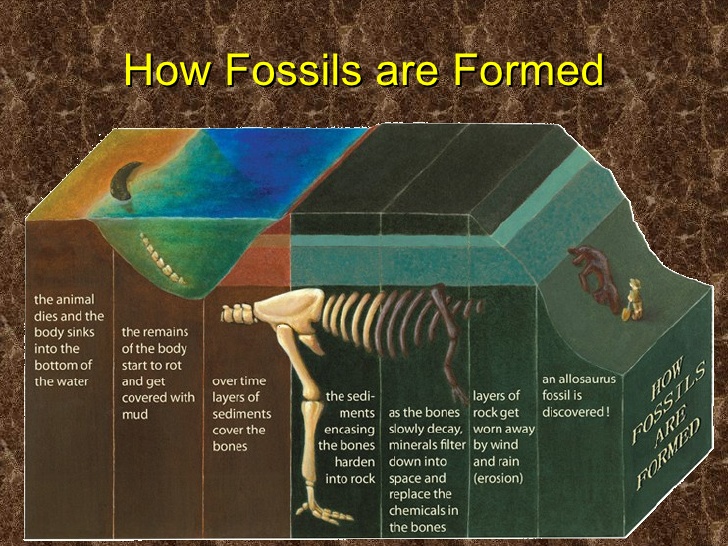Fossils play a vital role in supporting the theory of evolution. Each fossil record serves a puzzle piece that gradually makes a bigger picture whole. Even though there are still quite a number of missing pieces in transitional fossils, we just can’t ignore the fact that the ‘bigger picture’ is becoming more apparent over time. So, how are these fossils made and why do some transitional fossils are missing from the record?

Fossils are a rare find simply because the conditions need just to be right in order for dead organisms to be fossilized. Added to that, the time span to maintain these fragile remains greatly affect their preservation. Imagine that life was first formed at the end of the Precambrian era which was millions of years ago.
The formation of a fossil itself is a very tenuous process. First, the organism must die in an area that has mud or clay, something that is usually found near the body of water. The mud or clay must have pressure put on it just around the organism or a part of it in order to bind the sediments together into forming a sedimentary rock. When the rock is hardened, then the fossil within it can be preserved for as the rock could take stand against the forces of nature like weathering, erosion, earthquakes and volcano eruptions.
Now, if a rock melts and become magma under the ground, the fossil would be destroyed and the rock would then become an igneous rock. When the sedimentary rock surrounding the fossil is exposed to extreme heat or pressure, this would also change the rock into a metamorphic one. Again, the fossil is lost to us forever.
Even if an organism dies and gets buried in the same manner (with clay or mud, pressure and all those factors), there is still a big chance that the organism would not be fossilized. With this, there may be some organisms that may have existed millions or thousands of years ago that we could not know due to lack of evidence through fossils.
